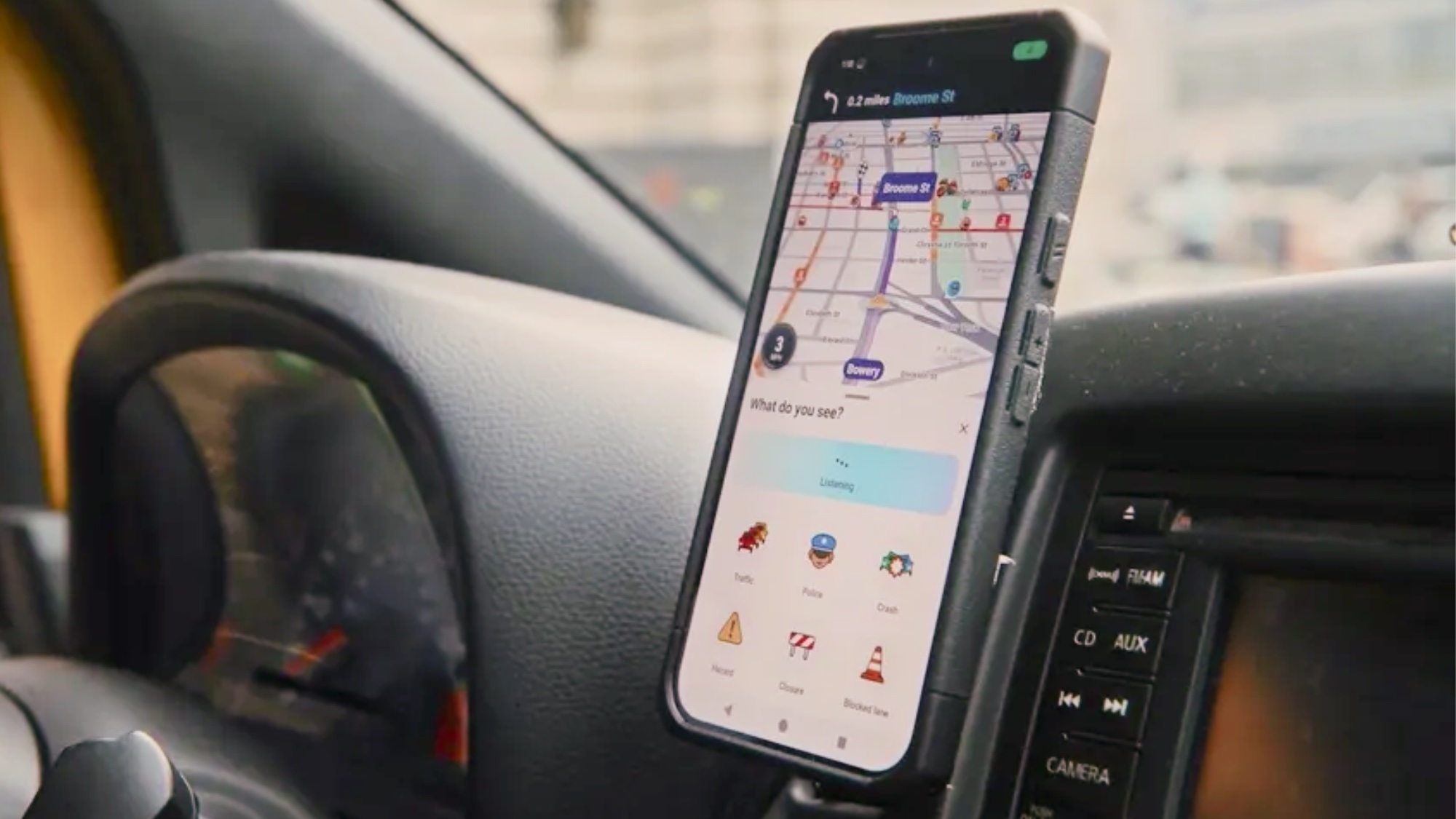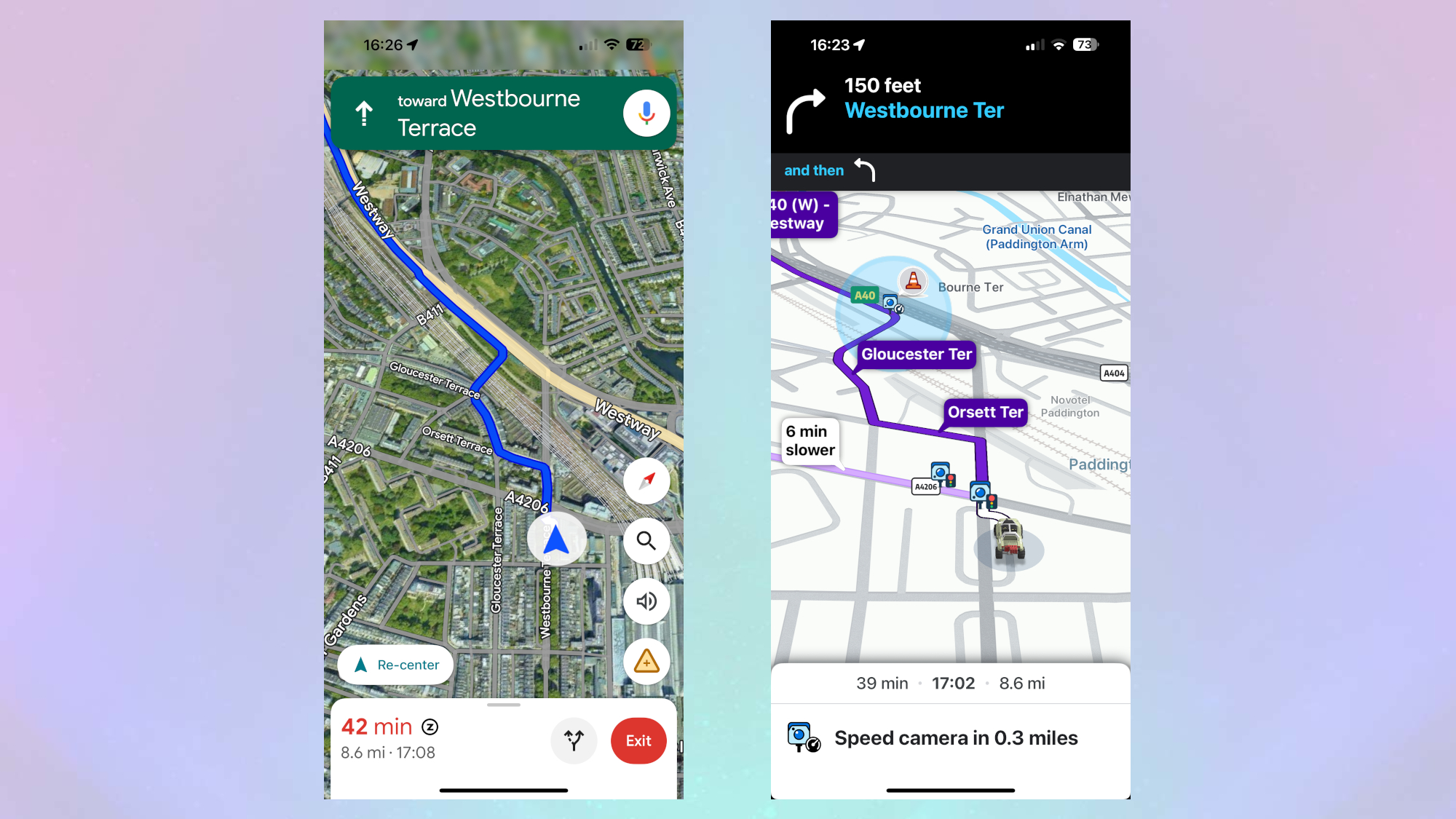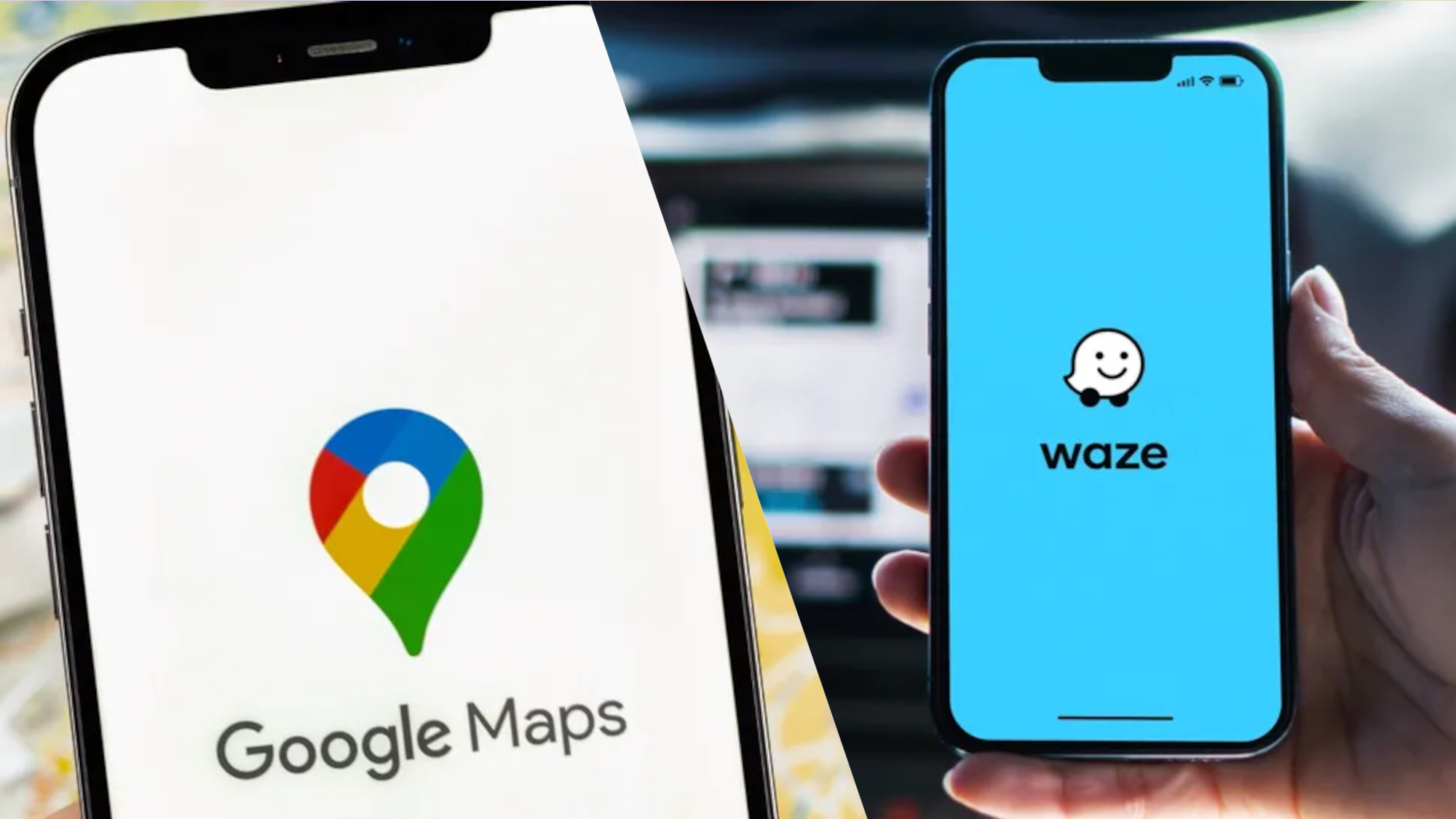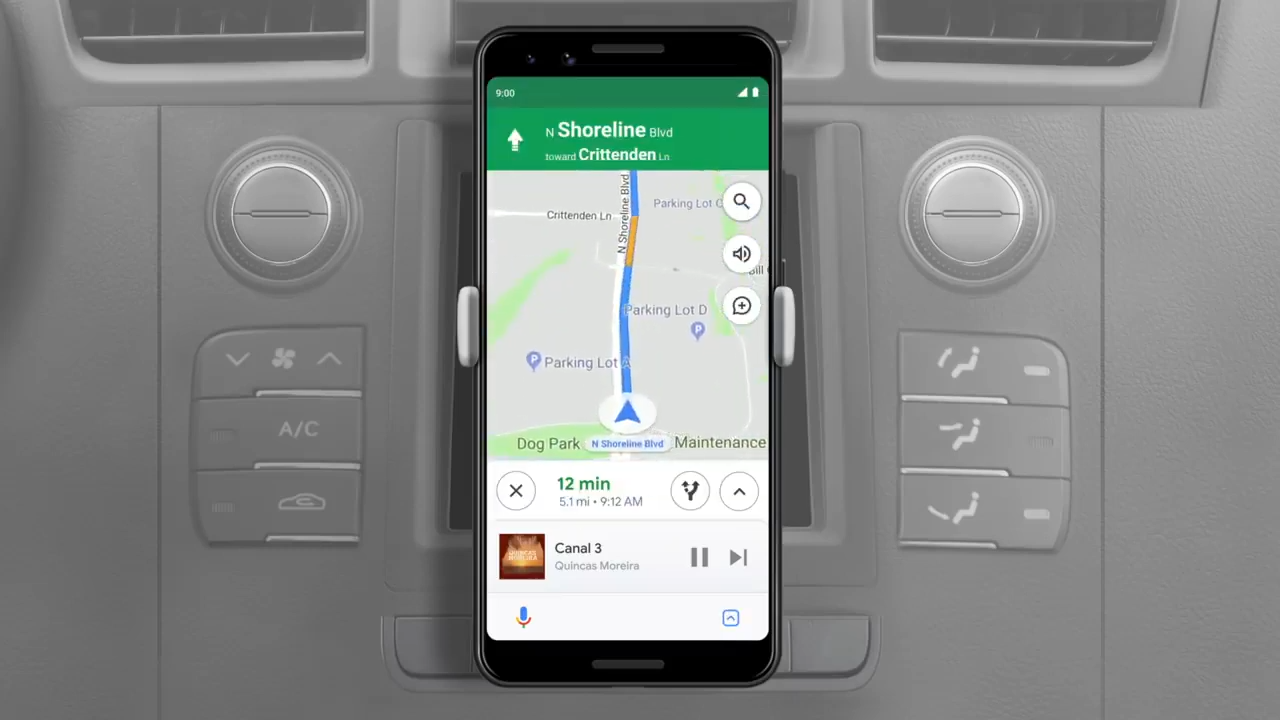When I was younger, driving anywhere included figuring out the ultimate challenge: who you would trust with the map. This constant issue was soon replaced by the ever faithful, if limited, TomTom. However, with the rise of smartphones, we had a new way to find our way, the map apps.
There have been several apps that help you find your way around, but obviously the most well-known is Google Maps. However, while Google might be the most well-known, there are a couple of competitors, including Apple Maps. However, there is a third option, and it’s one that I never really considered: Waze.
For some reason, I never really bothered with Waze, partially because I am one of those people who never really change my app when I find one that works. I’ve been using Google Maps to chart my journey for years, but could it be time for a change? I decided to test the two apps to see which is better for me.
To do this, I took both apps and had them navigate an hour-long trip for me, to see which offers the best information and the best overall route. I also wanted to see what the difference was in settings and what was unique about each app, even though both are owned by Google.
Editor’s Note: We have listened to your comments and have added information on missing features, such as Police alerts and speed traps.
Waze vs Google: set up

I never really considered “setting up” to be a part of a map app, but as it turns out, I was wrong when it comes to Waze. The app is full of options and features, including being able to add a variety of voices to relay directions to you. I have to say, having the option to have Halo’s Master Chief was certainly novel, although it was odd that Cortana wasn’t an option.
Not only that, you can create a full profile on Waze, including a user name, that other people can see when on the app. Honestly, this addition is just confusing to me. Why would I want people whom I don’t know to know where I am, and what speed I was going? On top of that, I’m not entirely sure why I would need to know that other people are using the app, other than Waze just showing off. Thankfully, you can turn this option off, which is the choice I went with.
Google is much simpler, and doesn’t really worry about you needing a profile or showing you other drivers.. There are some voice options, but honestly, I usually turn them off as they interrupt whatever you’re listening to on Apple Music or Spotify. You can also set your home address, as well as your office and other sites you constantly visit, but that’s about it.
Waze vs Google: Features

The first thing I have to mention is that Waze is entirely about driving, so it doesn’t offer directions for taking public transport or even walking. Meanwhile, Google Maps is a lot more comprehensive, even if the London Underground’s hectic schedule faults and issues can make it have a digital migraine.
With that said, both services claim to offer up-to-date traffic information, although Waze has it constantly visible, which I honestly prefer. This allows for more planning, but it can make the actual screen a bit too cluttered, which led me to worry a bit more about issues that I would never see. Meanwhile, Google makes you aware of certain points of interest in your journey, like speed cameras, but doesn’t indicate them outside of your route.
Both apps also offer digital speedometers, although neither was all that accurate. I wouldn’t recommend telling the police that your map app said you were going 50, no matter how convincing you try to be. One thing Waze does offer is up-to-date parking information and if you’ve ever tried to park in London, this can be a real lifesaver.
However, Google has one advantage in that it offers satellite imagery of the area around you, alongside street view. This can be a big deal when your friend forgets to tell you his address and says, “It’s the red house.” Google Maps can also work offline if you download the specific areas of the map onto your device. It’s not ideal, and useless if you’re in an emergency in an area you didn’t download, but it’s a nice option to have.
One aspect of particular note for many users is Waze’s ability to show alerts for Police and speed traps in the area. While this was originally specific to Waze, Google introduced the ability to report speed traps and other slowdowns in 2019. This was then changed to the more general “Police” report in 2024. Overall, I will say that Waze does appear to offer information with more regularity.
Waze vs Google: What was the drive like

So what was the drive actually like and how did the journey go? Honestly, the actual directions were pretty comparable, although Waze can get a bit confused when it comes to roads with restricted lanes. However, for the most part, they both got me where I needed to go.
I will note that Google Maps does tend to take me on strange diversions, especially on longer journeys, which can be a bit of a pain. For instance, it decided I should leave a motorway, to then go straight back on the motorway a second later. It was tedious, and didn’t happen nearly as much as on Waze. However, having a colored, detailed map was preferable to me over the stagnant white map that Waze uses.
Meanwhile, Waze tended to avoid too much detail when it came to the roads, which is odd considering how much other stuff was rammed on the screen. This not only makes the screen look really cluttered, but it also makes it harder to focus on the route I am meant to be taking, which can be a bit confusing. The good news is that you can limit what you see on the map and I think you really should.
However, one thing both do is ask if certain issues are still there, like a camera. I don’t know who decided that having that was safe, but you can turn off the option in the settings (although it’s on by default.) Thankfully, both apps have been updated to allow you to use your voice.
Waze vs Google: Which did I prefer?

At the end of the day, both Waze and Google will get you from point A to point B. The main difference is in the presentation. Google is more utilitarian and allows you to go far more in-depth with your journey options, picking the best one for you.
Meanwhile, Waze offers a lot more personality, including the ability to pick interesting voices while also working to keep you up to date. It’s ideal for anyone looking for more personality and color in their apps, especially if you rely on having a voice tell you where to go.
Overall, Google Maps’ options and the ability to use it offline (with some extra steps) help it earn the win for me. I also find all the added icons with Waze to be so much noise and irrelevant to what I want from a navigation app.
A lot of this is down to personal preference, so let me know which app you prefer right in the comments.
More from Tom’s Guide
Source link
